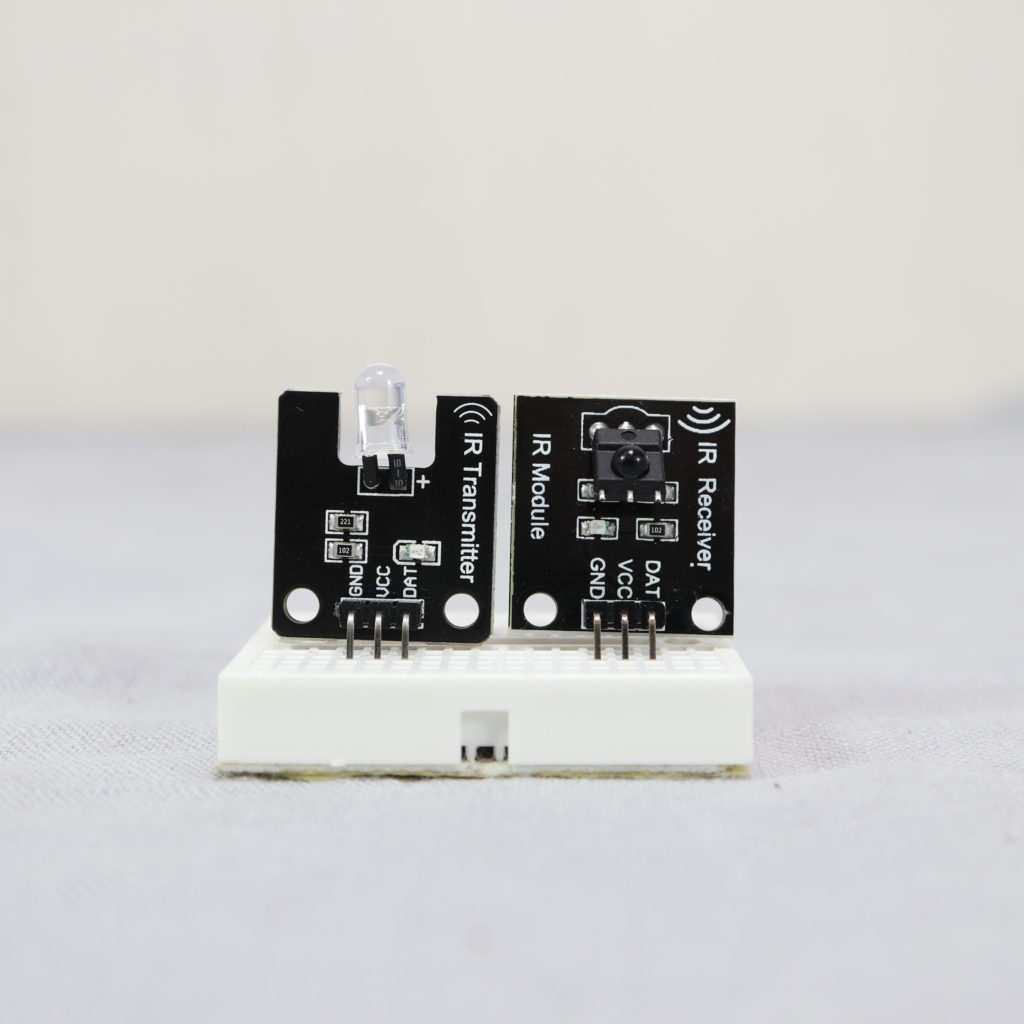
This should be temporarily set to as high a frequency as possible for the measurements, usually 200 Hz or 250 Hz. In this case, the upper frequency limit of the subs is established by setting "LPF for LFE" in your AVR. There are two primary ways to energize your subs when performing measurements to be used with a sub-only configuration.Īpply the input to the AVR's LFE channel (HDMI channel 4 in Windows). Sub-Only Configurations: Set AVR and Subs to Make Sub Bandwidth as Large as Possible The number of measurements is then ( N s + N m) * N p = (4 + 0) * 5 = 20.


If you are optimizing, say, 4 subs at 5 listening positions, N s = 4 and N p = 5. This means the number of measurements you must perform is ( N s + N m) * N p.Įxample: If you're optimizing a sub-only configuration, then N m is zero. Suppose you are measuring N s subs and N m main speakers at N p listening positions. If you are using MSO to integrate the mains and subs, you must also measure the main speaker(s) at each listening position. This guarantees an incorrect result, not just an inconvenience as with the above delay example.įor each listening position you wish to measure, you need to measure the frequency response of each sub individually at that position. In the case of miniDSP hardware, exporting a biquad text file from MSO and importing it into a DSP channel that had some filters enabled during the measurements will cause those filters to be replaced, not appended to. To avoid such problems, it's much easier to simply zero out all DSP delay and gain/attenuation parameters prior to performing the measurements.Ī similar, but even worse situation can occur if the measurements were performed with DSP filters set to a non-flat condition. The maximum allowable delay that you would specify for the delay block in MSO for this case would need to be 5.5 msec, as the delay was 2 msec when the measurement was performed. Setting the maximum allowable delay of the applicable MSO delay block to 7.5 msec would be incorrect for this example, as that would allow for a final delay of up to 9.5 msec in the DSP device. Assume for this example that a non-HD miniDSP 2x4 device (which has a maximum delay of 7.5 msec) is being used.

Second, it makes the task of preventing MSO from exceeding the hardware limits of your DSP for e.g.

#FUZZMEASURE AND IR MANUAL#
First, the non-zero initial delay requires tedious and error-prone manual calculation of the final delay value. It should be clear that performing the measurements with this sub's delay set to a non-zero value has caused at least two problems. 7.4 msec for a particular sub, and the measurements were performed with that sub's delay set to 2 msec, the correct final delay would be 9.4 msec, not 7.4 msec. It's important to realize that the filter parameters, polarity inversions and delay and gain values used by MSO represent changes relative to the conditions at which the measurements were performed.
#FUZZMEASURE AND IR SOFTWARE#
Multi-Sub Optimizer Reference Manual (page 3) Taking Measurements With Your Measurement Software First Clear Out DSP Filters, Delays, Gains and Polarity Inversions Taking Measurements With Your Measurement Software


 0 kommentar(er)
0 kommentar(er)
